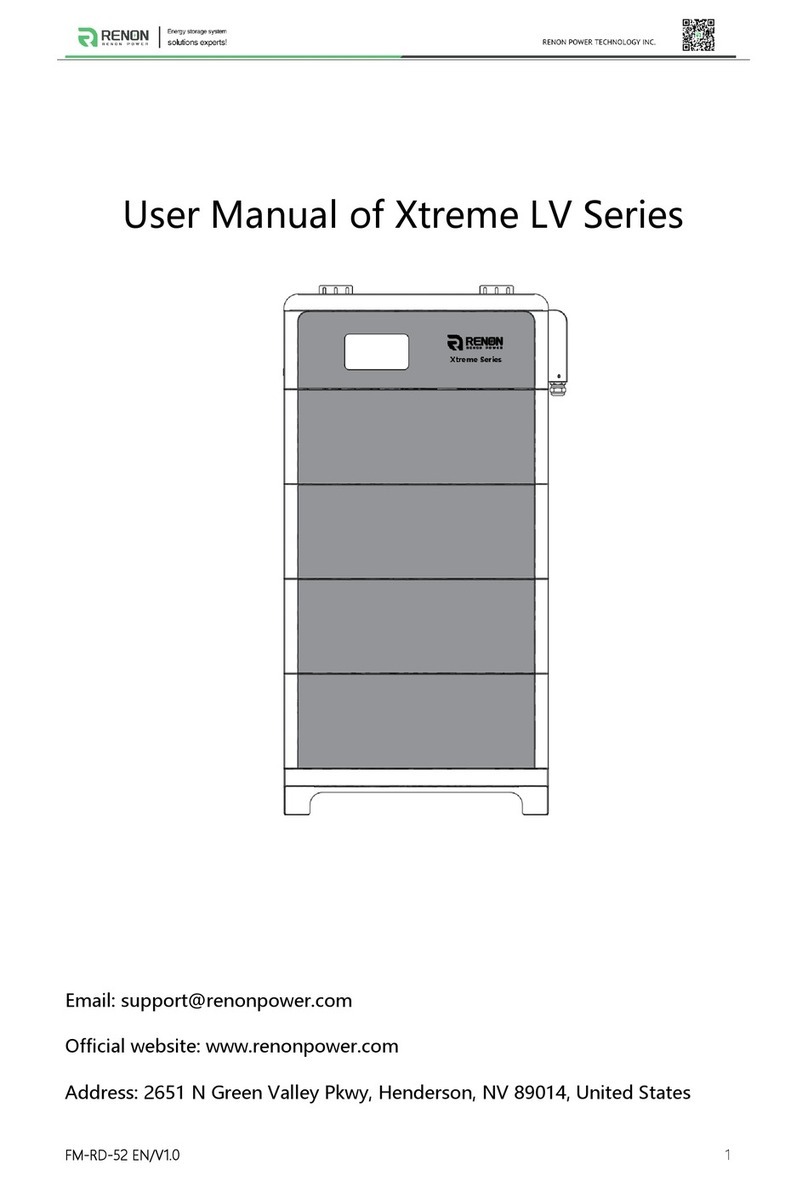
3
Table of Contents
1 Safety Instructions ...........................................................................................................5
1.1 General Safety Precautions...................................................................................... 5
1.2 Transportation and Storage Precautions............................................................. 6
1.3 Installation Precautions .............................................................................................6
1.4 Usage Precautions ...................................................................................................... 7
1.5 Response to Emergency Situations ....................................................................... 8
1.6 Qualified Personnel....................................................................................................9
2 Introduction ..................................................................................................................... 10
2.1 Product features........................................................................................................10
2.2 Specifications............................................................................................................. 11
2.3 Interface Information ...............................................................................................13
2.3.1 On/Off .................................................................................................................. 14
2.3.2 Link-in Parallel Communication Port ........................................................... 14
2.3.3 Link-out Parallel Communication Port ........................................................ 15
2.3.4 Inverter Communication Port (RJ45) ........................................................... 15
2.3.5 Inverter Communication Port (connector)................................................. 16
2.3.6 Dry Contact & GPIO Port ................................................................................ 16
2.3.7 Function Dial Switch......................................................................................... 17
2.3.8 Inverter Dial Switch...........................................................................................17
2.3.9 Address Dial Switch.......................................................................................... 18
2.3.10 Debug Port ....................................................................................................... 20
2.3.11 Power Positive..................................................................................................21
2.3.12 Power Negative ............................................................................................... 21
2.3.13 Reset Button..................................................................................................... 21
3 Installation and Usage................................................................................................. 22
3.1 Safe Handling Guide................................................................................................22
3.1.1 Familiar with the product ................................................................................22
3.1.2 Precautions before installation......................................................................22
3.1.3 Tools ......................................................................................................................22
3.1.4 Safety gear.......................................................................................................... 23
3.2 System Premeasurement ........................................................................................23
3.3 Installation location ..................................................................................................25
3.4 Package items............................................................................................................25




























